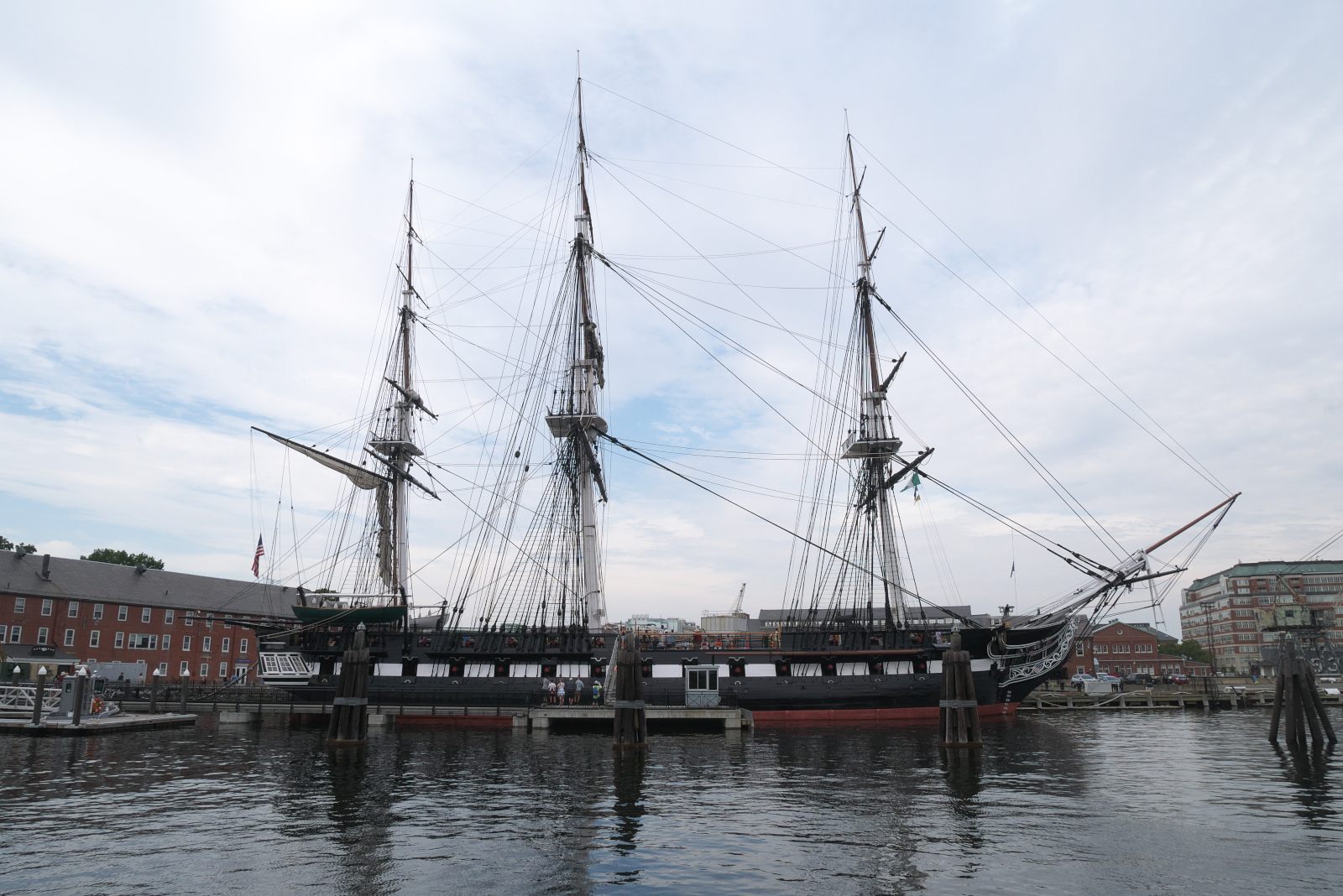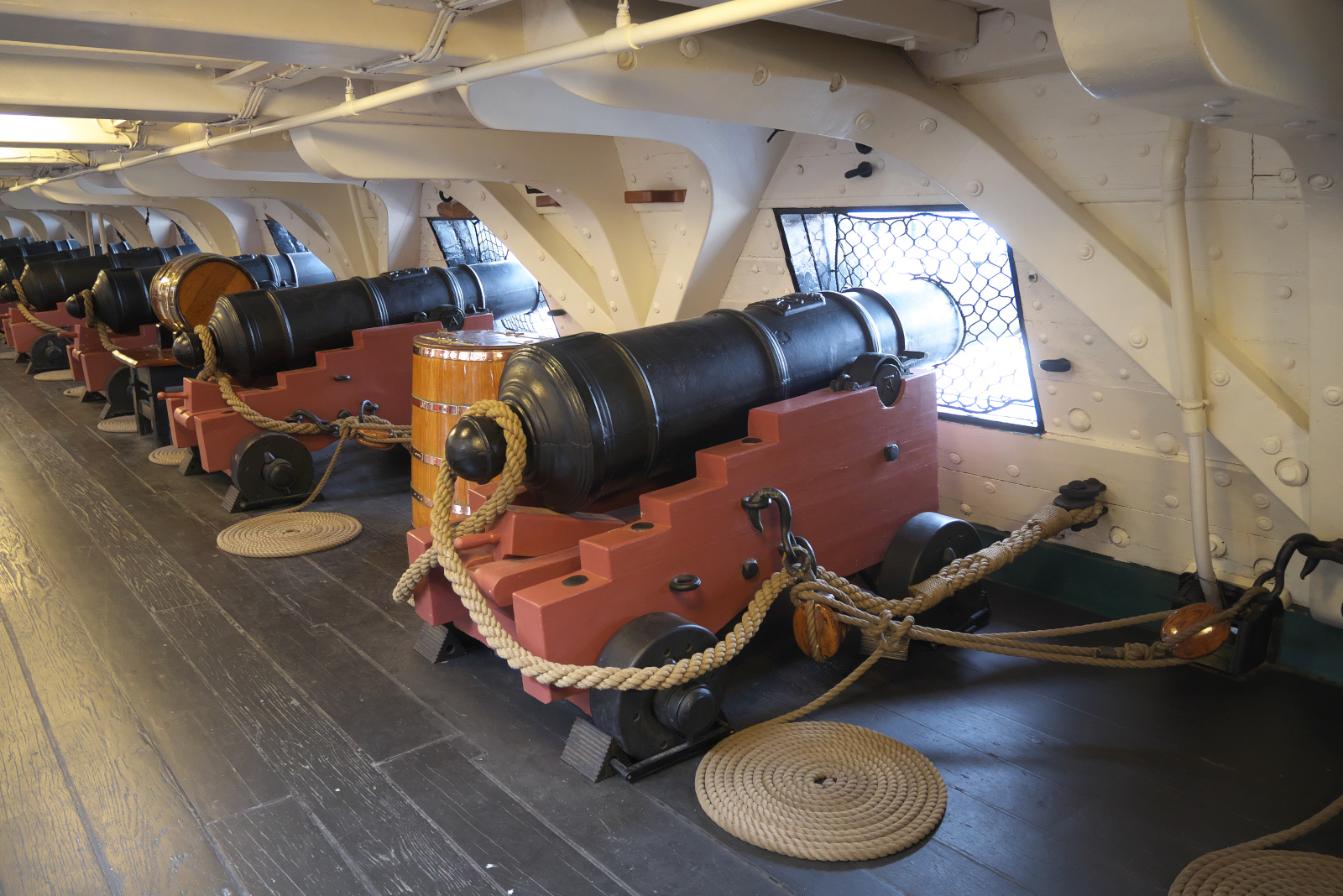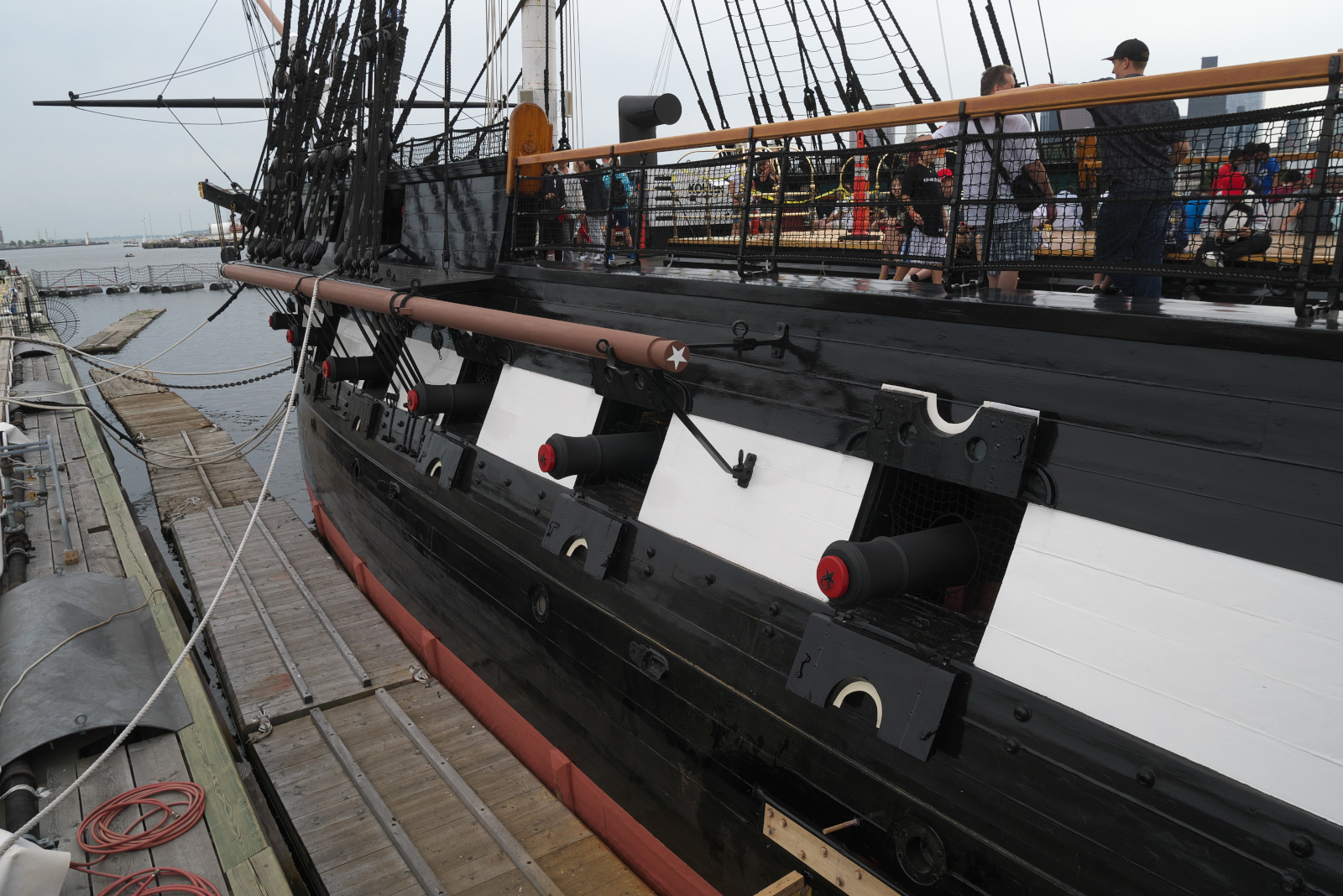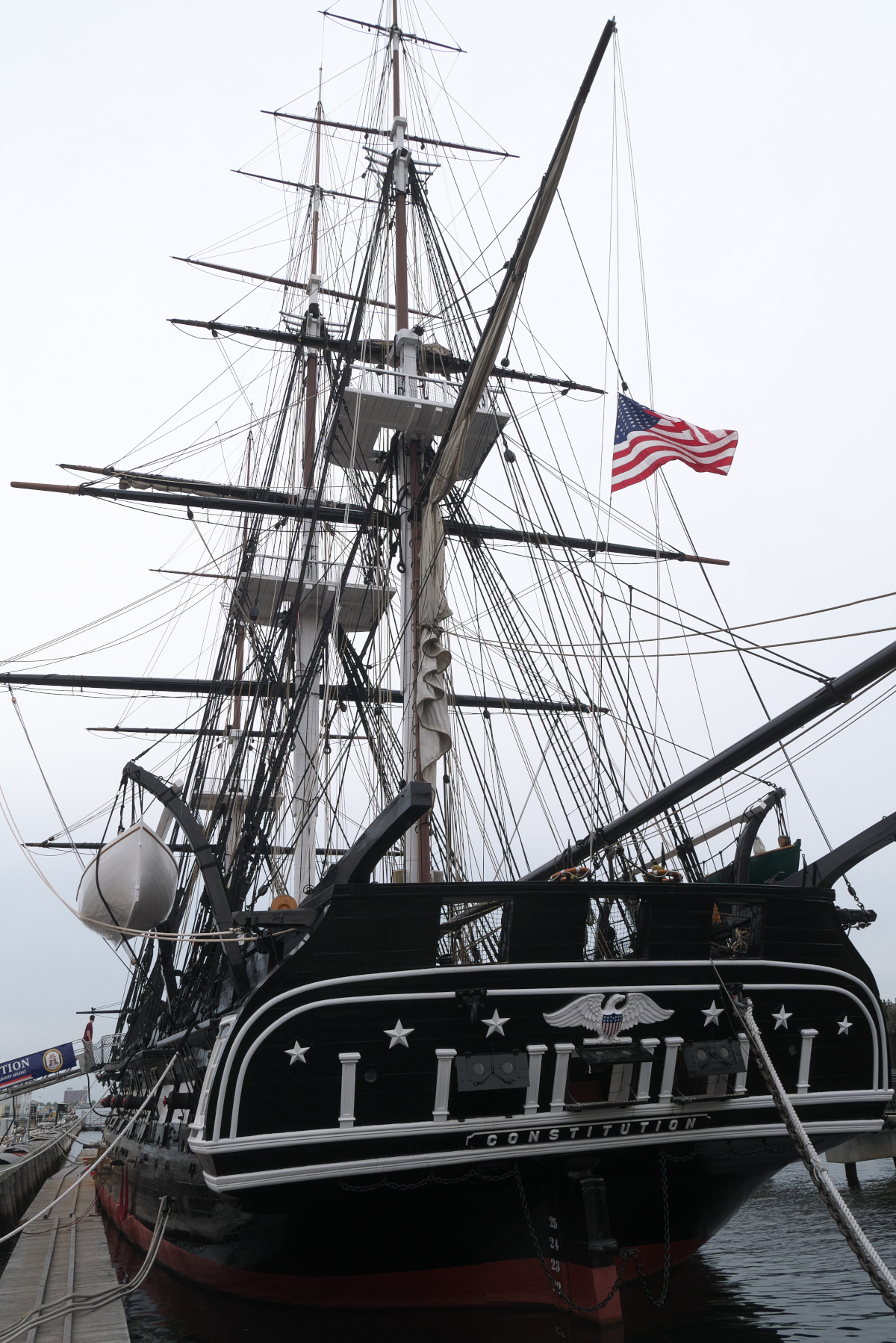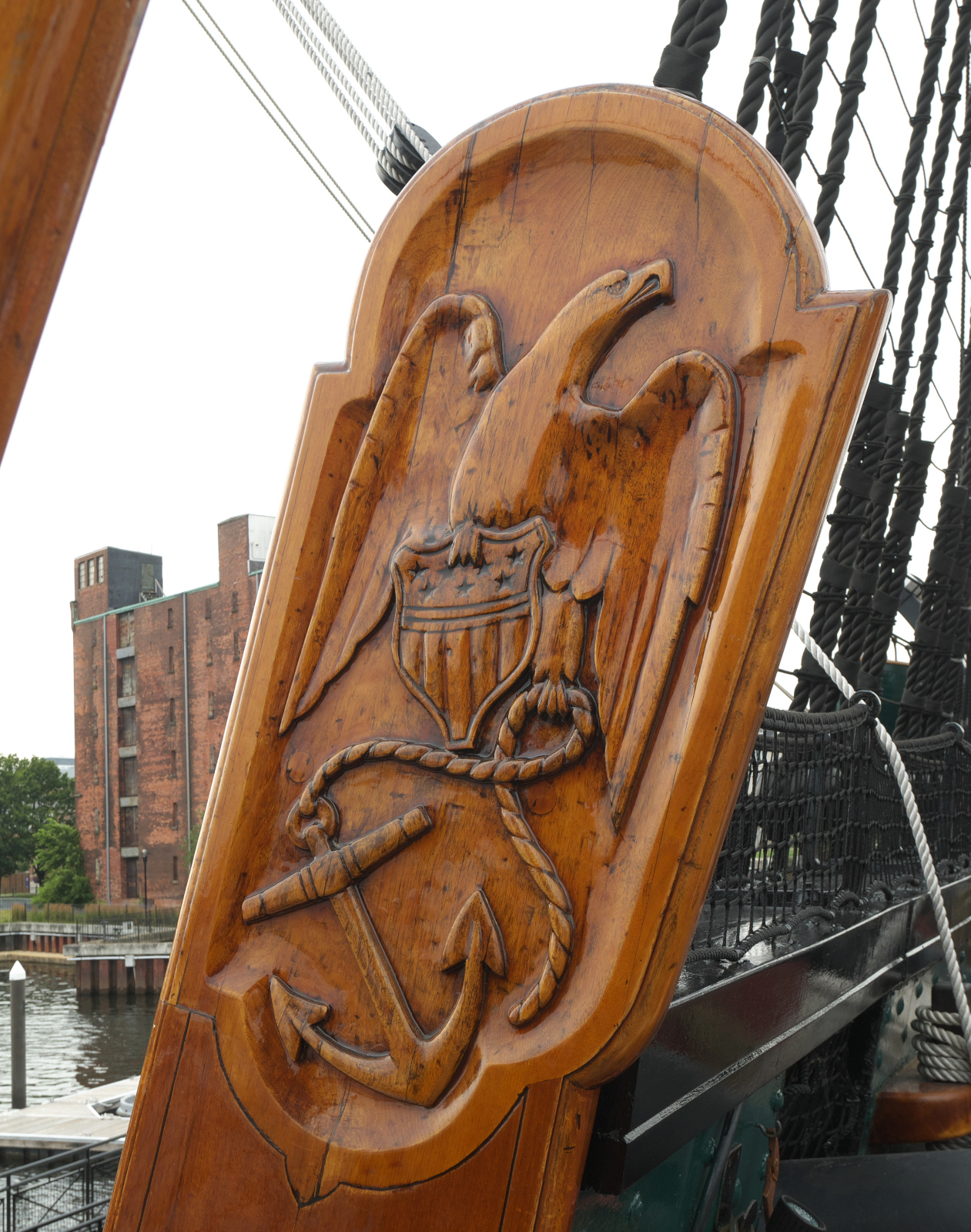In 2019, on a trip to Boston, I visited some American Revolutionary War sites in and around the city. While there, I shot some videos to record what I saw, and recently I edited the footage into three little documentaries about important episodes of the first year of the American Revolution.
Confrontation at North Bridge in Concord
North Bridge in Concord, Massachusetts is one place where the American Revolution began. There were two small skirmishes that took place in the area west of Boston on April 19, 1775. The first of them was at dawn in Lexington, a little to the east of Concord. The other skirmish took place at North Bridge in Concord at about 11 AM.
The American forces (the Massachusetts Militia and the Minutemen) and the British faced off against each other on opposite sides of the bridge. The British tried to march over the bridge, and they fired on the Americans, and the Americans fired back. Two people were killed on both sides. Then the British started retreating back to Boston. With this skirmish, there was no doubt that the American Revolution had begun.
The Battle of Bunker Hill
An imposing obelisk on top of Breed’s Hill in Boston commemorates the Battle of Bunker Hill, which was fought there in the summer of 1775. Following the brief clashes at Concord and Lexington (mentioned above), Bunker Hill was the first major battle of the American Revolution.
You might be wondering: Why is the battle named Bunker Hill if it took place on Breed’s Hill? The Continentals had been under orders to fortify Bunker Hill in order to encircle the British who were occupying Boston, but instead they fortified Breed’s Hill. Nevertheless, the “Bunker Hill” name stuck, and the battle is named after a hill where it didn’t take place!
The Continentals built their fortifications on the top of the hill, where the monument and park are located now. On June 17, the British launched an assault on the American fortifications. Two waves of British troops marched up and were cut down. Finally the third wave was able to overrun the American defensive works, because the Continentals had run out of powder to fire their guns.
The Battle of Bunker Hill was technically a British victory, but the British only won after suffering very heavy losses. The Continentals, for their part, felt that they had won a moral victory, because they had fought well against the British and stood their ground when their positions were overrun.
Dorchester Heights and the Siege of Boston
After the Batttle of Bunker Hill, the British and the Americans were in a stalemate: the British occupied Boston, while the Americans surrounded them outside the city. To get the British to leave Boston, the Americans set up cannons on the top of Dorchester Heights, a hill to the south of the city.
The cannons were actually British cannons, which had been captured at Fort Ticonderoga on Lake Champlain back in May 1775. Teams of oxen dragged 60 cannons from the fort through the wilderness to Boston. Once the British saw the cannons go up on Dorchester Heights in early March 1776, they decided it was time to get out of town. They sailed out of Boston harbor, and 1,000 loyalists went with them.
In the early 1900s, the anniversary of the British leaving Boston in 1776, March 17, was established as the holiday of Evacuation Day in Boston. Irish immigrants, who lived in large numbers in the area around Dorchester Heights, adopted the holiday and merged it with their own holiday, St. Patrick’s Day, which happens on the same day.

